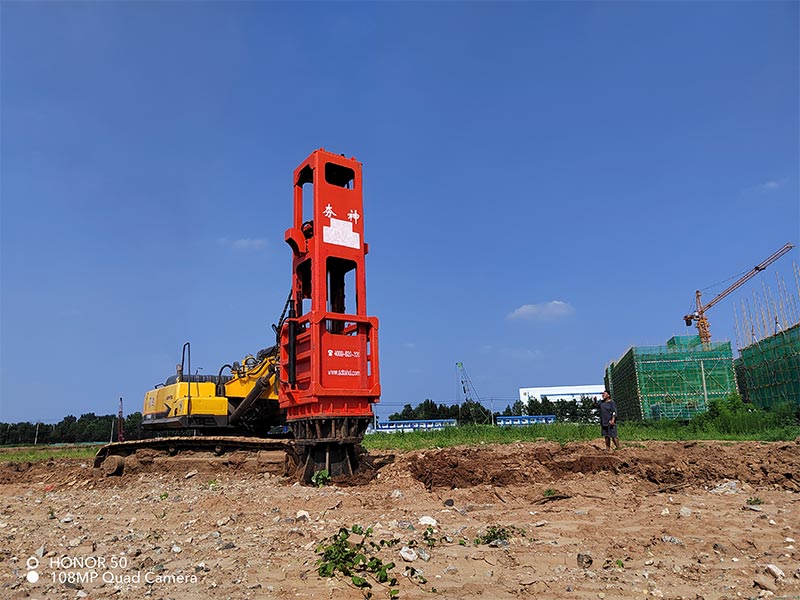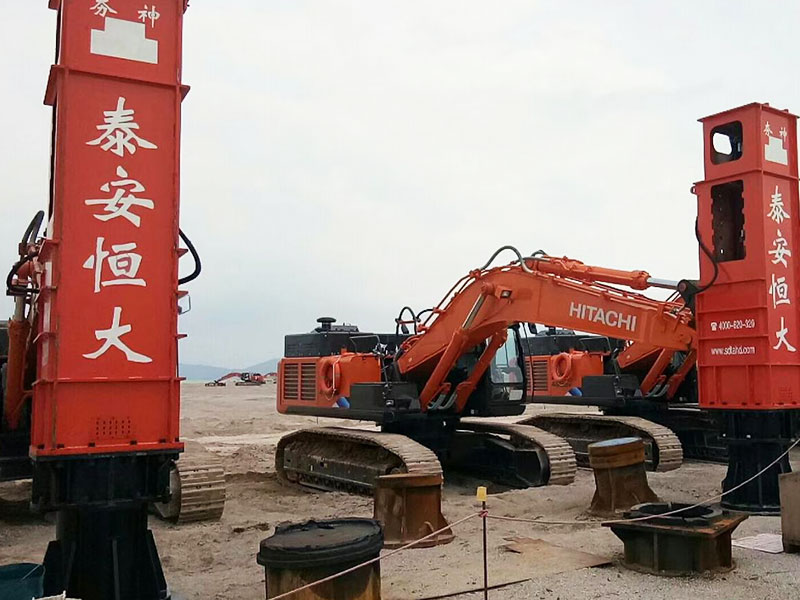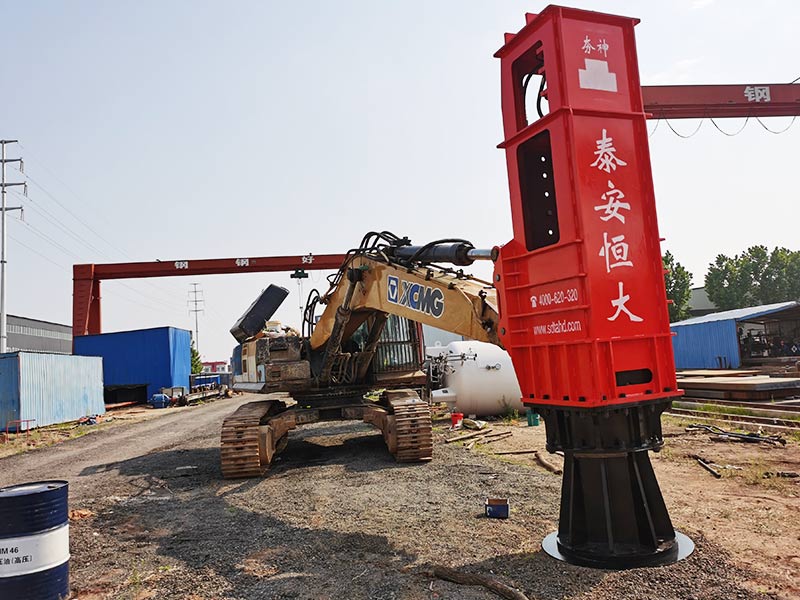update time:2023-02-14 16:35:56
Views:1327次
Use a steel handle tamper. If you're wondering if there's any simple way to compact pavers without a...
Use a steel handle tamper. If you're wondering if there's any simple way to compact pavers without a giant plate compactor, there is–a steel handle tamper. This is one of the most basic ways to compact your pavers. A hand tamper has the benefits of less force and impact.

Typically, the RIC method is used for the treatment of essentially granular fills in order to improve their geotechnical properties (stiffness and bearing capacity) and to reduce settlement. RIC design firstly involves geotechnical characterisation of the soils to be treated, with emphasis placed on quantifying in-situ relative density and grading characteristics. Groundwater level is an important factor for consideration of suitability of the RIC method as shallow groundwater level can act as a hydraulic barrier reducing effective energy transfer to the fill materials. However, it is the “compaction trial” (discussed under testing and quality control), which provides the designer with the necessary information to permit refinement of the design. With ground improvement techniques involving surface impact such as RIC there cannot be direct control of treatment depth, as would be the case with vibro stone columns. A critical element of RIC design therefore is the depth to which a particular treatment is effective.

Preliminary trials are an important pre-requisite to any extensive RIC works. Furthermore, as the main RIC works are proceeding, ongoing monitoring and testing is necessary to ensure that the appropriate amount of energy is being applied to the soil profile and that performance requirements are being met. The compaction trial, in particular, is important for the evaluation of ground response. The optimal number of blows per pass is typically taken as the value beyond which continued blows produce negligible further penetration of the compaction foot.

Rapid Impact Compaction with the Rapid Impact Compactor (RIC) is an innovative method in the field of near surface and deep compaction techniques. The RIC is a dynamic compaction device based on piling hammer technology. Dynamic energy is imparted by a falling weight dropping from a controlled height onto a patented foot. The foot of the device remains in contact with the ground; thus, the energy is transferred to the ground safely and efficiently.

The RIC, imparts energy by dropping a 5 to 9 tonne weight from a relatively small height of 1.2 m at a blow rate of 30 to 80 times a minute. Depending on the ram weight, the maximum energy delivered per blow is 59 to 106 kNm. Although the energy per blow is small compared to the conventional DC, the rapid blow frequency amply compensates, resulting in a greater power that varies between 2.4 to 6.4 MNm/min. Thus, a much greater total energy input per unit area of a site can be achieved with RIC. Moreover, the energy transfer of the RIC is far more effective due to its foot which stays in contact with the ground during the impact sequence.
How deep can compactor compact? - HENGDA RIC
A rule of thumb is that a compactor will compact 1 inch of m...